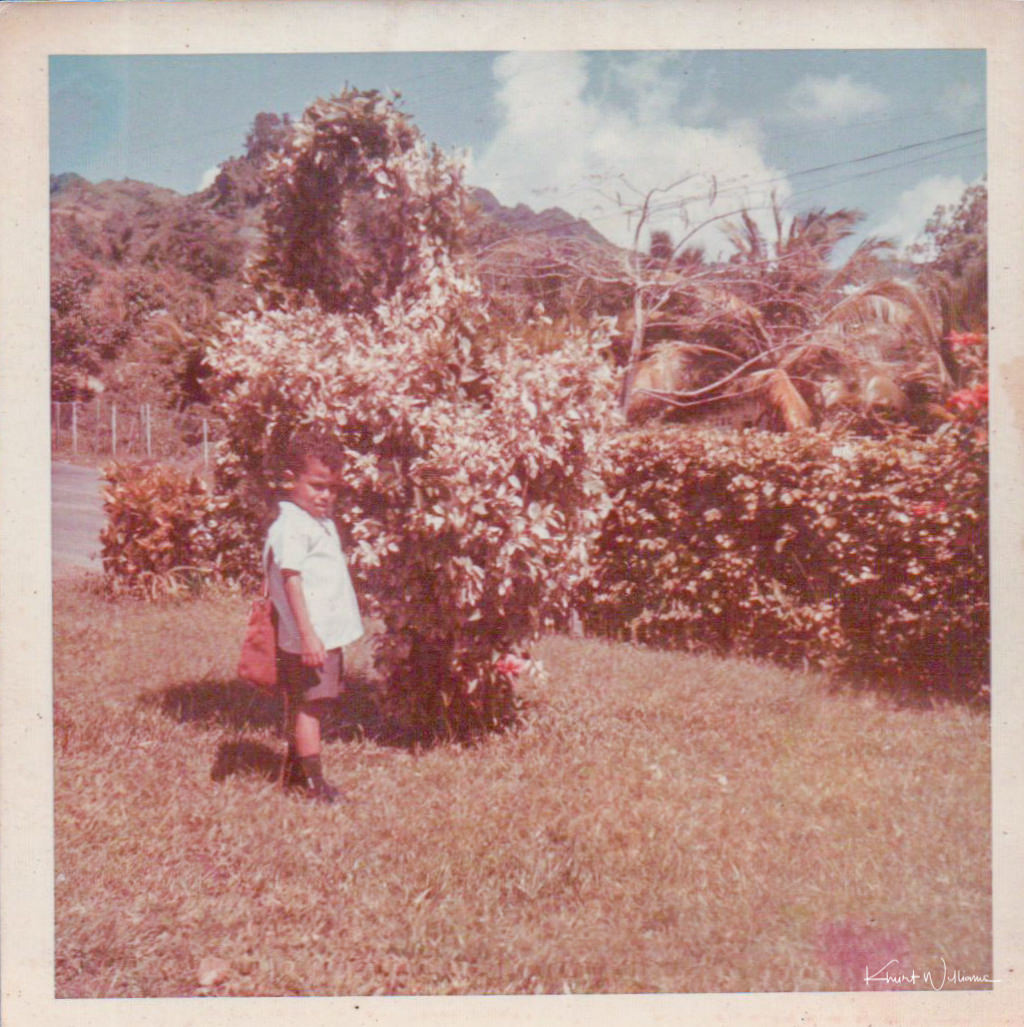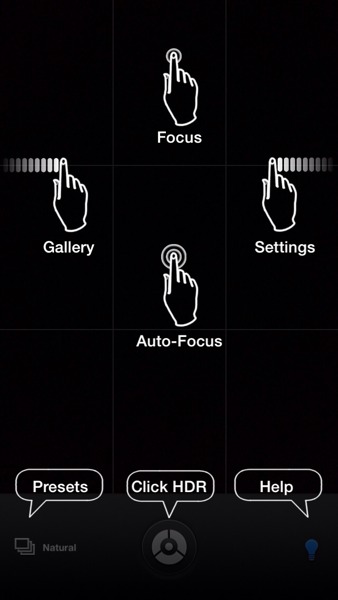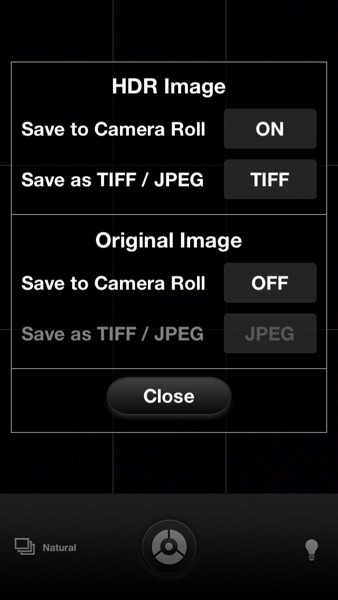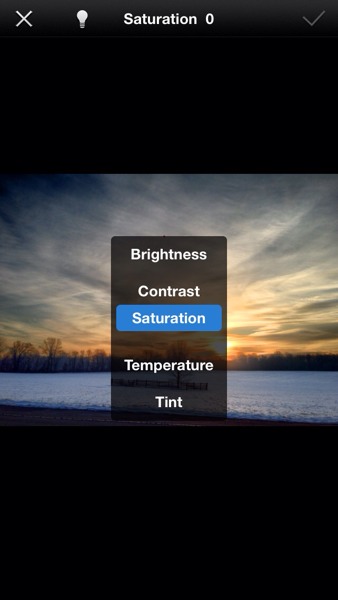Math, Chemistry, Physics and Biology. Those were my favourite subjects in school. In the schools I attended in Antigua and St. Vincent these subjects are taught simultaneously from Form 3 to Form 5 ( the equivalent of grades 10 through 12). I loved these four subjects and did very well with them. For me, these four subjects are all a continuum of the same thing. Math helps me solve the physics problems. Physics helps me understand the molecular world of chemistry. Chemistry helps me understand the cellular world of biology. It's all just a way to understand the natural world around me.
The best year of my high school life was when I met a red-headed Canadian boy, Andy Williams, while attending St. Joseph's Academy in St. John's, Antigua. Andy encouraged my love of science and math. Together we used our maths skills to create two unique encoding methods for handwriting. We knew the codes so well, that much to the chagrin of our English teacher, we could read and write in our special language as quickly as we could in English. We couldn't wait for the school day to end so that we could go explore the natural world. Most of our note passing was about solutions to problems we were working on. I still make use of the special symbols – the one I created for my name -- when I want to leave a mark on drinking glasses.
We used our math and physics skills to create and test designs for various paper aeroplanes. We spent countless hours folding paper -- technically we were crafting origami -- and either tossing it into the air or firing it from a rubber band.
My Dad bought me my first aquarium when I was about 12 years old. It was something I wanted very much. I loved observing the natural world and I spent a lot of time learning about fish and ecosystems. Andy and I took it to another level when we decided to crossbreed some of the common varieties. We learned about Gregor Mendel and genetics and heredity. We bought some fish, learned about their reproductive cycle and by the end of a summer had crossbred several varieties of platies1, guppies2, mollies3 and swordtails4.
The USA is too litigious a country so what I'm about to write won't be understood by Americans. Some of you will think this kind of knowledge is dangerous. I did well in chemistry, especially organic chemistry. I learned how to make small explosives. I lived on a volcanic island. Sulfur and carbon and other chemical compounds were not tightly controlled as they are in the USA. We were free to experiment and try different things out. I think at one point I figured out how to make explosives from potatoes and charcoal. I know that this sounds dangerous too many of you reading this. Without being free to experiment, science students will see the subject as boring. This is one reason science continues to decline as an area of study in the USA. Imagine being taught how to play a basketball game but never being allowed out on the court to play?
My love for these sciences led me to electronics and computers. If you talk to my Dad, he will tell you that as a young man, I was constantly taking things apart, sometimes new things. Like my Dad's shortwave radio. I took that apart and used the parts to create a radio transmitter. Station KLW. With no Radio Shack on the island, taking apart electronics was the only way to get parts for my circuits. That meant learning to identify transistors and resistor values by sight.
When I finished high school I went off to college to study physics and computer science. I have degrees in Physics, Electrical Engineering with a minor in Mathematics. If I had taken just a few more courses I would have had a major in Maths. The computer science idea was dropped after I realized it meant sitting in front of a screen for hours at a time. What a fracking mistake that was. I was always better at the code, especially when it was applied to controlling a physical device (like a micro-controller).
From a career standpoint, none of these subjects is relevant to what I do. By the time I had finished my graduate degree in Electrical Engineering, many engineering jobs were being sent overseas. I worked at David Sarnoff Research Center center for two years. Just after I left in 1997, Sarnoff had major layoffs. AT&T Bell Labs disintegrated. Most of the people I have worked with in my 15 years working in IT are former engineers and scientist from Sarnoff and Bell Labs.
None of this matters today. I no longer create codes. I don't have a fish tank. Basic chemistry is illegal in the USA. I only use Maths when doing my taxes.






